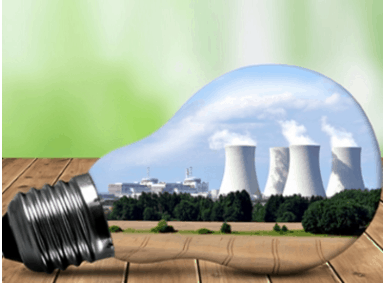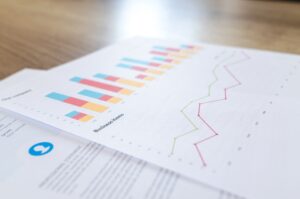De rige lande sviner mest, når det drejer sig om CO2-viser en analyse fra Deutsche Bank, men Frankrig er en undtagelse i kraft af atomkraften og formår at skabe en relativ høj vækst med en lav CO2-udledning i sammenligning med de øvrige G20-lande.
Uddrag fra Deutsche Bank:
A country’s prosperity is still closely linked to its energy consumption. As 80% of the global energy consumed is based on fossil fuels, high prosperity (measured as GDP per capita) tends to imply high per-capita CO₂ emissions. France is the G20 country which is closest to the goal of being quite prosperous on the one hand and keeping its per-capita carbon emissions relatively low on the other. Nevertheless, France is far from being a climate-neutral economy (which is the political goal).
The chart depicts the link between prosperity and CO2 emissions for the G20 countries (the EU, as a G20 member, is not shown separately). However, several countries deviate considerably from the general trend, mainly due to differences in terms of energy production, consumption and production behaviour and energy prices.
Prosperous countries – high CO2 emissions per capita
Sources: IMF, IEA
- The US are the country with the highest per-capita GDP (measured in terms of purchasing power parity, PPP). And they are also one of the countries with the highest CO2 emissions per capita. While US per-capita CO2 emissions have steadily declined in the last few years and were down by c. 28% in 2017 compared to 2000 – a development largely due to the fact that natural gas (produced by hydraulic fracturing) and renewable energies have replaced coal as a source of electricity – the US are still a carbon-intensive economy. Energy-related CO2 emissions per unit of GDP (PPP) are almost 60% higher than in the European OECD countries.
- China, the country with the highest CO2 emissions in absolute terms, is a carbon-intensive economy, too. It emits almost 160% more CO2 per unit of GDP than the European OECD countries. Coal has a share of 62% in China’s total primary energy demand. In addition, the country is the world’s largest exporter of industrial goods. In a sense, it also exports CO2 emissions to its customer countries. Per-capita CO2 emissions in China rose by 170% between 2000 and 2017, even though the increase has stopped in the last few years (official figures for 2018 and 2019 are not yet available to the IEA). During the same period, nominal GDP per capita (in PPP terms) even ballooned by 470%. Hundreds of millions of Chinese have escaped poverty in the past 20 years.
- Germany registers relatively high CO2 emissions per capita compared to other western European countries, but is also more prosperous than other large EU countries. One reason for the higher CO2 emissions is that manufacturing makes an above-average contribution to gross value added in Germany (2019: 21.6%, compared to an EU average of about 16%).
- In France, manufacturing has a share of less than 11% in gross value added, down from 16% in 2000. That is one reason for the fact that per-capita CO2 emissions declined by about 25% between 2000 and 2017 and amount only to about 52% of the German level. We already mentioned that car engines tend to be smaller and demand for heating energy lower. In addition, French CO2 emissions are of course pushed down by the significant role of nuclear power generation.
Overall, all prosperous countries above the trend line in the chart have the best chances to reduce their energy consumption and their carbon emissions without (major) losses in prosperity. At the same time, France is the G20 country which is closest to the goal of being quite prosperous on the one hand and keeping its per-capita CO2 emissions relatively low on the other. Nevertheless, France is far from being a climate-neutral economy (which is the political goal in the EU).



